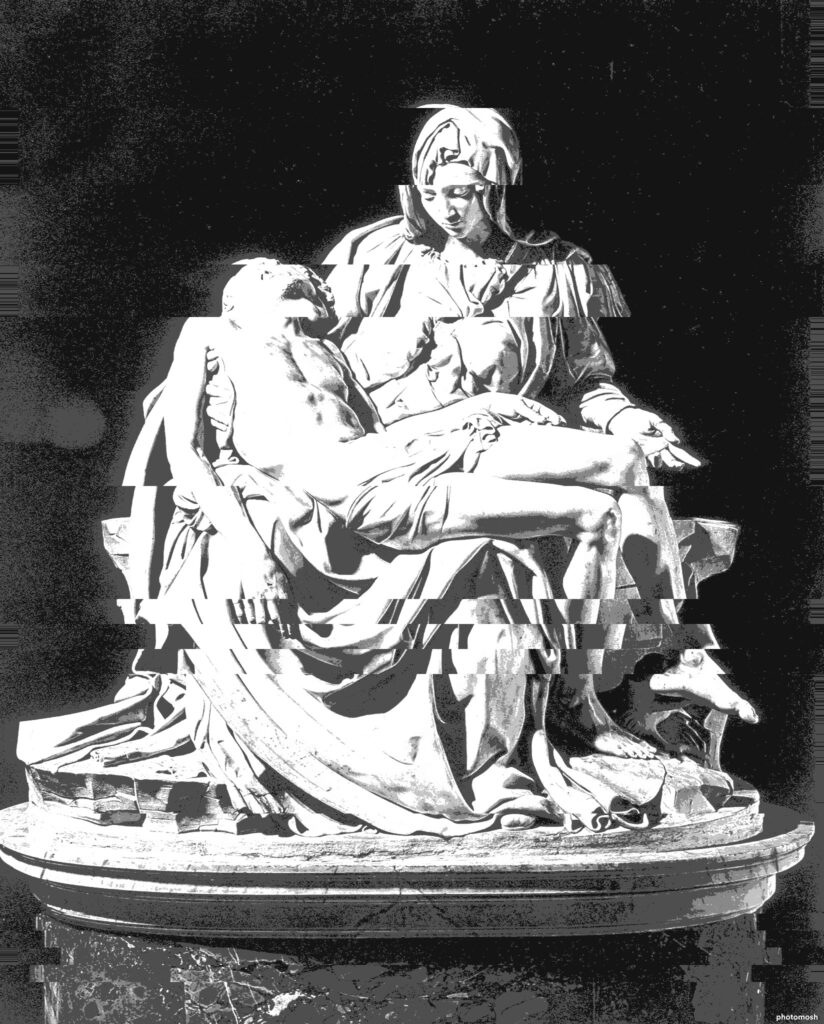22 And they came to Beth-saida. And some people brought to him a blind man, and begged him to touch him.
Following Jesus’ chiding of the disciples for being spiritually blind, he and his disciples finally arrive at Beth-saida. This was the location that Jesus said they were going to when they encountered the storm on the sea of Galilee so perhaps this was the original final destination of the journey as planned but there were other points he wanted to stop off at to do ministry work. Beth-saida was a small fishing town on the northern shore of Galilee and according Josephus, the Jewish historian, it was under the control of Philip the Tetrarch, brother of Herod Antipas and son of Herod the Great.
Upon arriving at Beth-saida, the people come to greet Jesus and bring to him a blind man. Fully aware of Jesus’ ability to heal people they seek on the mans behalf for Jesus to give the his his sight.
23 And he took the blind man by the hand, and led him out of the village; and when he had spit on his eyes and laid his hands upon him, he asked him, “Do you see anything?”
24 And he looked up and said, “I see men; but they look like trees, walking.”
Jesus takes the man out of the village, this like a few of his other healings, brings about a sense of intimacy. Jesus then uses his own spittle on the mans eyes, lays his hands on him and asks him if he sees anything. As we have noted before, the other Gospel authors have relational, philosophical or typological methods of establishing the humanity of Christ. A dogma of the faith, the Incarnation necessitates the God-man being truly God and truly man.
Mark’s method of establishing this fact, or should we say Peter’s method, as all these things are recorded from Peter’s memory, is by these very intimate healings. They echo that of how a parent very intimately and humanly takes care of their children. A mother using her own spit to wipe the dirt off of her sons dirty face for example. This does not mean we should reduce this healing to some natural action however, Jesus is also fully God and this is miraculous yet not quite complete.
It appears that the man can see somewhat but not clearly. He sees men but “they look like trees, walking.” Jesus is God and is all powerful but his healings require a “perfect conduit” so to speak that relies on the receivers faith. In his home town of Nazareth where their faith was weak, he did not perform many miracles. God is a trinity of Persons, God’s being is a perfect communion and God seeks that communion out in his creatures. It is evidence of a divine condescension, it makes us able to participate in our own salvation despite it being all his power.
25 Then again he laid his hands upon his eyes; and he looked intently and was restored, and saw everything clearly.
The first part of the healing obviously helped the mans faith in what Jesus could do. The second time Jesus lays his hands upon his eyes, looking intently, the man is fully healed and “saw everything clearly.” Jesus in his divine condescension makes even the healing of a blind man a relational event.
26 And he sent him away to his home, saying, “Do not even enter the village.”
Jesus sends the man away to his home, charging him with the command “Do not even ever the village”. First Jesus takes him away from the village, as to not make a spectacle out of the mans sight being given to him by a miracle and now he tells him to not even go to the village, presumably to tell the town what has happened. This was not a point of entertainment it was an extremely person intimate encounter with the Word made Flesh, it is not to be paraded around and for Jesus to receive adulation from the village folk. It was entirely about Jesus and the man alone.


Leave a Reply